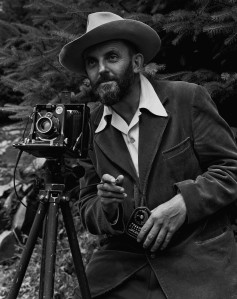Yesterday a precious friend called and wanted to take me out of the house for a ride. She has a VW Rabbit convertible and it was a windy but beautiful day, a bit on the cool side, so I dressed for a top-down ride. It was magnificent! We went on back roads so deep that there was only an occasional car, and we would pull off to the side to listen to the music of wind swirling around the leaves of trees overhead. We stopped by empty fields to watch a small flock of birds swooping and flying with group precision, landing and taking off in sync as they searched for leftover grain or seeds, reminding me of the murmuration of starlings, which fly in the thousands.
We drove further, around curves, and going uphill and down on small roads, spying newly built homes tucked into woods at the tops of hills, and homes so old the windows were not aligned. We found a farm which specialized in Scottish Highland cattle, which I never knew was there and I was overjoyed to see the sturdy, shaggy beasts as they stared back at us. Sadly, they would not let me get close enough to get a clear shot. We laughed at a small pickup hauling a house shaped shed behind, as if the driver was wandering the countryside with his home attached. We stopped under a thick border of trees to listen to a large flock comprised of blackbirds, starlings and grackles overhead, scolding and whistling as they thronged on every available branch, restless and noisy.
We passed a home where it was obvious the resident inside supported none of the current candidates as their yard sign proudly proclaimed "Newt 2012". We paused to listen to water cascading down rocks and envying the homeowners nearby who had set up chairs beside the creek to take in the relaxing sound. There were driveways which led to homes unseen, as they curved in one lane through the woods, and hand carved gates standing aside in invitation by the side of others.
It was the most glorious day, and around curves we would catch a glimpse of the nearby mountains with patches of bare rock gleaming in the sunlight. I felt my body becoming weary and knew that I had to head home, but so grateful for my friend, who thought of me and took me away from the four walls which were my constant visitors. It was so nice to taste the world and be reminded that it was there, because I so often forget.
We drove further, around curves, and going uphill and down on small roads, spying newly built homes tucked into woods at the tops of hills, and homes so old the windows were not aligned. We found a farm which specialized in Scottish Highland cattle, which I never knew was there and I was overjoyed to see the sturdy, shaggy beasts as they stared back at us. Sadly, they would not let me get close enough to get a clear shot. We laughed at a small pickup hauling a house shaped shed behind, as if the driver was wandering the countryside with his home attached. We stopped under a thick border of trees to listen to a large flock comprised of blackbirds, starlings and grackles overhead, scolding and whistling as they thronged on every available branch, restless and noisy.
We passed a home where it was obvious the resident inside supported none of the current candidates as their yard sign proudly proclaimed "Newt 2012". We paused to listen to water cascading down rocks and envying the homeowners nearby who had set up chairs beside the creek to take in the relaxing sound. There were driveways which led to homes unseen, as they curved in one lane through the woods, and hand carved gates standing aside in invitation by the side of others.
It was the most glorious day, and around curves we would catch a glimpse of the nearby mountains with patches of bare rock gleaming in the sunlight. I felt my body becoming weary and knew that I had to head home, but so grateful for my friend, who thought of me and took me away from the four walls which were my constant visitors. It was so nice to taste the world and be reminded that it was there, because I so often forget.
And here's a video taken in England of the amazing murmurations of starlings!
https://youtu.be/eakKfY5aHmY
















